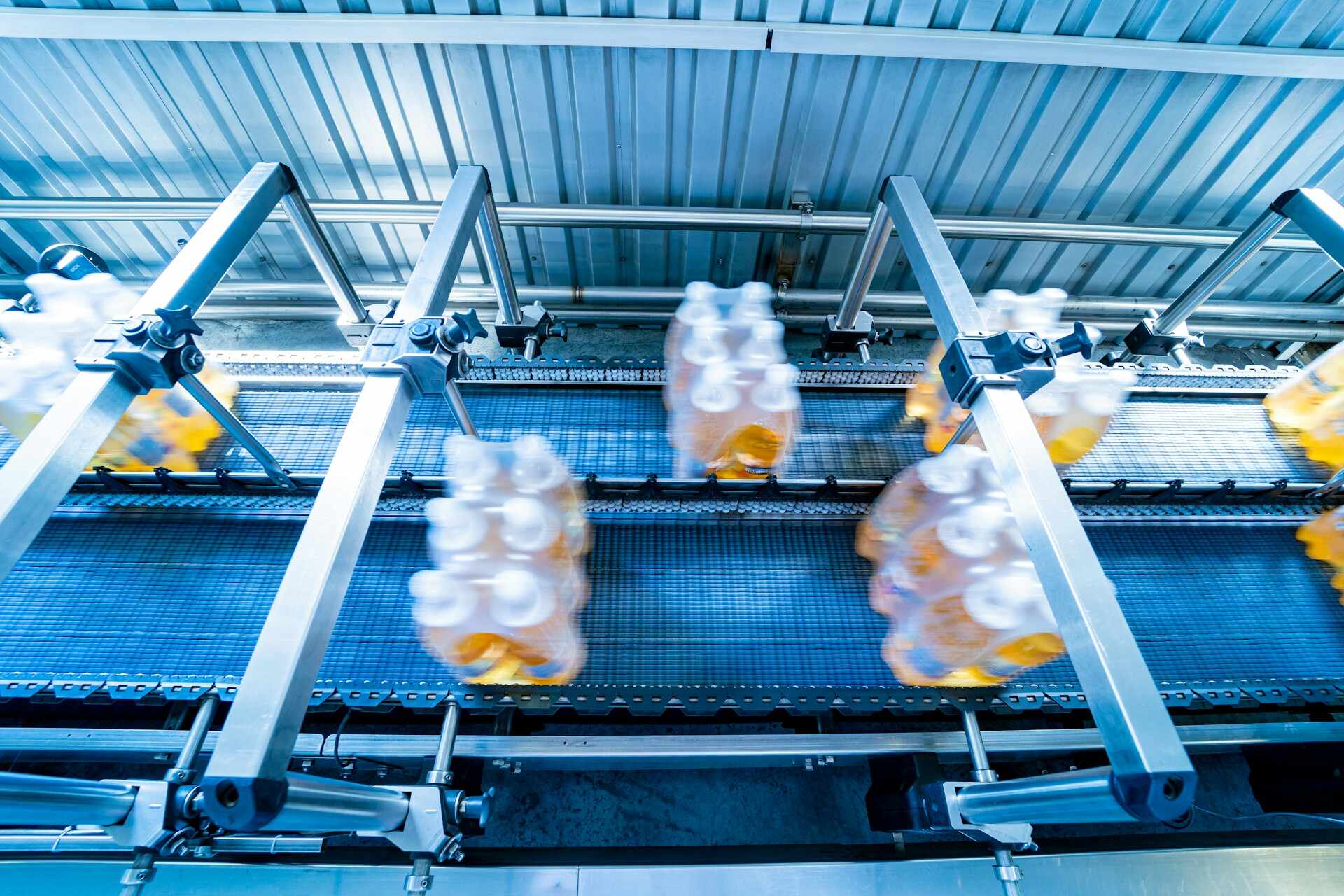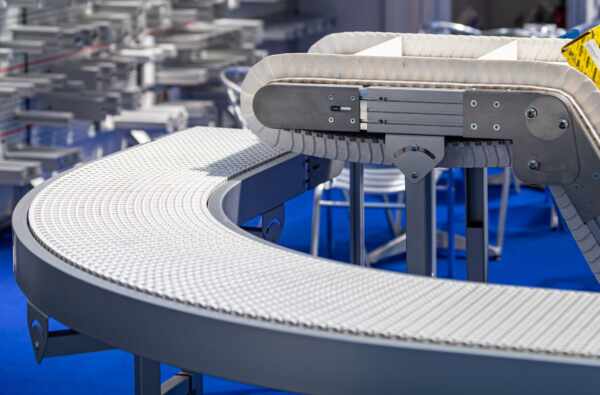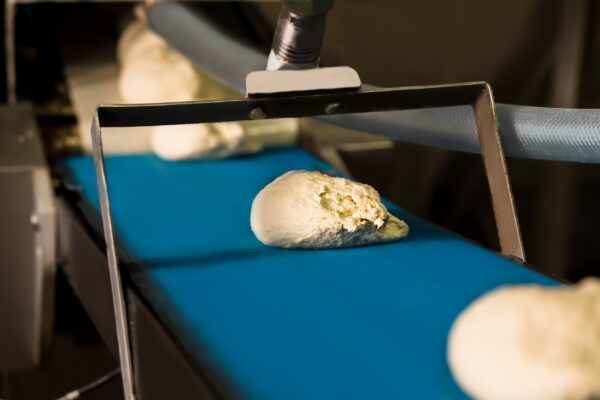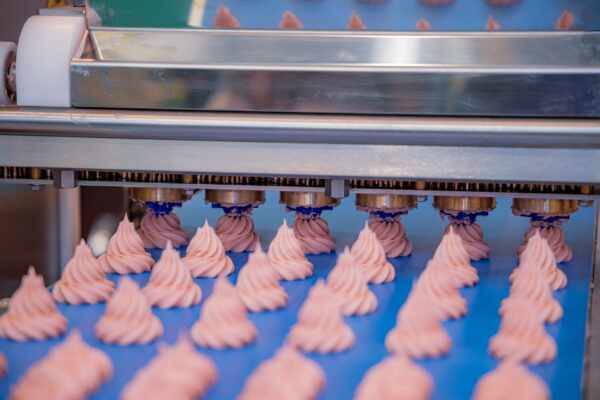Advancements in technology have transformed the way businesses operate, and conveyor systems have been no exception. As the backbone of material handling operations, an efficient and reliable conveyor system plays a critical role in maintaining productivity, reducing bottlenecks, and ultimately delivering a substantial return on investment (ROI) for your facility. However, many organisations continue to rely on outdated systems that may not be aligned with today’s best practices and technological breakthroughs. In this comprehensive guide, we aim to demonstrate how investing in conveyor system upgrades can lead to significant improvements in overall efficiency and maximising ROI.
From replacing worn-out components to incorporating cutting-edge technology, we will explore a variety of upgrades that can breathe new life into your conveyor systems, translating into increased productivity, reduced downtime, and an enhanced bottom line. Our guide will discuss key considerations, such as understanding your current system’s limitations, identifying areas for improvement, and exploring modern solutions that can elevate your operations to the next level.
Assessing Your Current Conveyor System’s Performance
- Identify Bottlenecks and Inefficiencies: Before embarking on any upgrades, take the time to evaluate your existing conveyor system and identify any areas where performance could be improved. Analyse throughput times, equipment downtime, and instances of product damage or loss to pinpoint areas where bottlenecks or inefficiencies might be occurring.
- Review Maintenance and Energy Costs: Understanding the lifecycle costs of your conveyor system is essential in determining the potential ROI of an upgrade. Assess your system’s maintenance expenses, including the costs of spare parts, labour, and downtime, as well as energy consumption to establish a baseline for comparison with potential upgrades.
- Engage Stakeholders: Gather feedback from all key stakeholders, including machine operators, maintenance technicians, and facility managers, to gain an accurate and comprehensive understanding of your current system’s performance. This input will be invaluable in identifying opportunities for improvement and ensuring successful implementation of any upgrades.
Potential Upgrades and Their Benefits
- Upgrading Conveyor Components: In some cases, simply replacing worn-out or outdated components of your conveyor system can yield significant improvements in performance. Examples of components that can be upgraded include belts, motors, bearings, and rollers. By investing in more durable, higher-quality components, you can reduce maintenance costs, extend equipment lifespan, and increase system efficiency.
- Automating Control Systems: Integrating automated control systems, such as programmable logic controllers (PLCs) or variable frequency drives (VFDs), can lead to considerable enhancements in conveyor system efficiency. These technologies enable increased precision and control over system operations, reducing the risk of errors and increasing throughput.
- Implementing Smart Sensors and Monitoring Systems: Advanced sensors and monitoring systems can provide real-time feedback on your conveyor system’s performance, making it easier to identify and address potential issues before they escalate. Installing smart sensors to monitor variables such as temperature, vibration, and belt tension can provide valuable data to inform maintenance decisions and identify areas for improvement.
- Energy-Efficient Equipment: Investing in energy-efficient equipment, such as energy-saving motors, can result in substantial operational cost savings and a faster ROI on your upgrade investment. By choosing environmentally conscious solutions, your facility will not only benefit financially but also contribute positively to environmental sustainability.
Choosing the Right Upgrades for Your Facility
- Start with a Detailed Audit: Conducting a thorough audit of your current conveyor system is an essential first step in identifying the most appropriate upgrades for your facility. A detailed audit should involve evaluating every aspect of your system’s functionality and performance, from individual components and controls to the overall system design and layout.
- Prioritise Upgrades Based on ROI Potential: Once you have identified potential upgrades for your conveyor system, prioritise them based on their expected ROI. Consider factors such as upfront costs, long-term maintenance savings, improved productivity, and reduced energy consumption to determine which upgrades will deliver the greatest financial benefits and quickest return on investment.
- Engage a Conveyor System Specialist: When selecting and implementing conveyor system upgrades, partnering with an experienced conveyor specialist can provide invaluable support and guidance. A specialist can help you navigate the upgrade process, identify the most suitable solutions for your facility, and ensure successful implementation of your chosen upgrades.
Maximising ROI with Change Parts Pty Ltd as Your Partner
Investing in conveyor system upgrades can unlock significant performance improvements, cost savings, and long-term ROI for your facility. By evaluating your current system, identifying bottlenecks and inefficiencies, and selecting the most appropriate upgrades, you can ensure that your conveyor system remains aligned with modern best practices and technologies.
Partnering with industry-leading experts like Change Parts Pty Ltd is key to maximising the benefits of your conveyor system upgrades. Leverage our extensive experience, unrivalled expertise, and comprehensive suite of products and services to drive your facility’s productivity, efficiency, and competitiveness to new heights.




